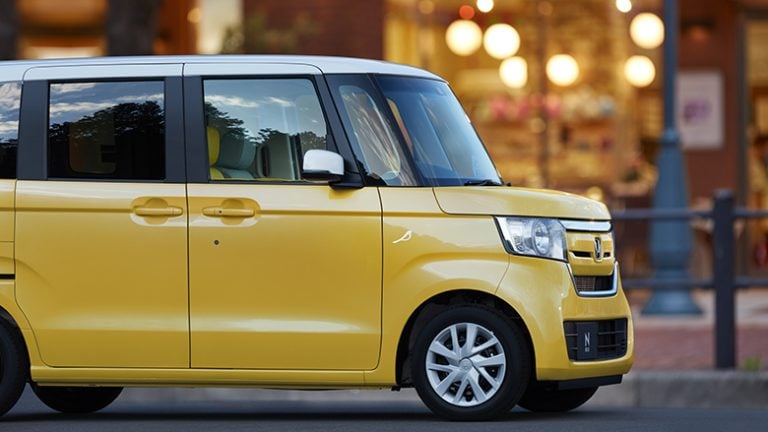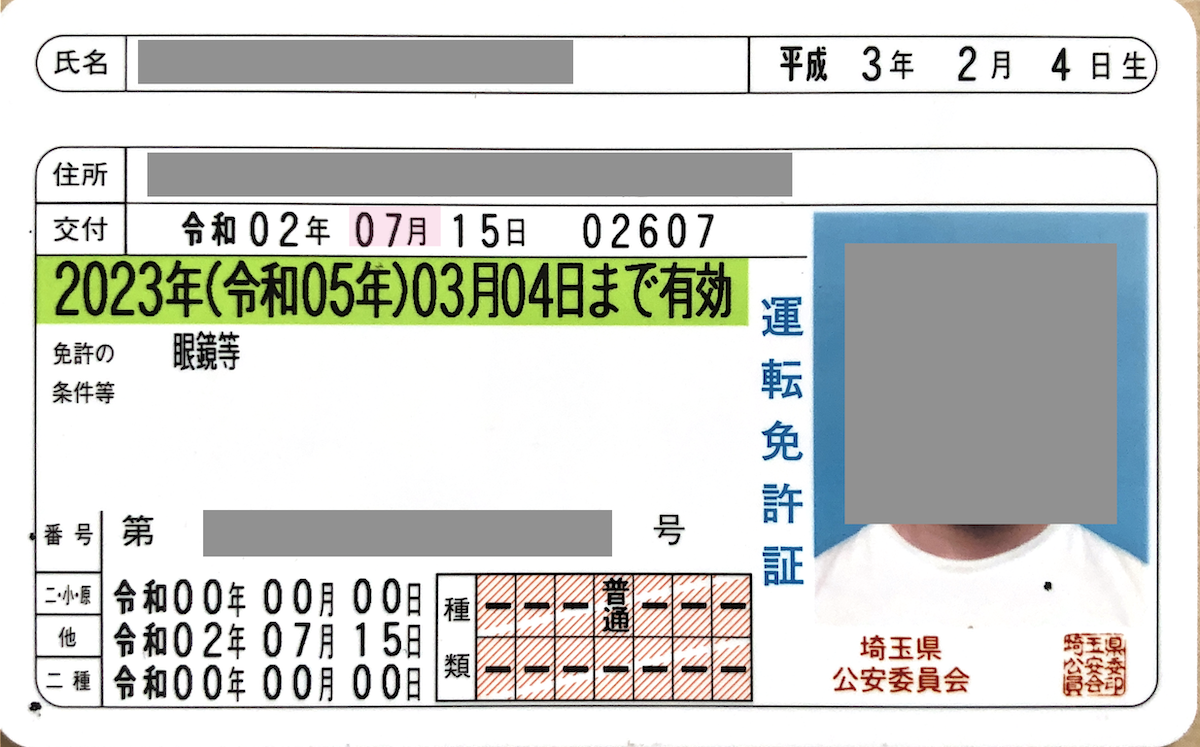
Whether it’s for buying some furniture or taking a road trip, having a car in Japan has its benefits. The following guide will explain three options you can try to start driving in the country and how to go through each one. The good news is, you can still get a license even if Japanese isn’t your strong suit.
Can you drive with an international driving permit?
You might already have an international driver’s license and wish to use that because you’re not planning to stay long in Japan. Foreigners can use their International Driving Permit (IDP) in Japan. If this is your case, you can do so as long as the following prerequisites are met.
First, the IDP is issued in your home country and not in Japan. Second, they can only be used for one year in Japan, even if their validity is for much longer. If you plan to use it for more than a year, you can return to your home country for at least three consecutive months before using it again in Japan.
Take note as well that Japan only allows IDPs based on the countries included in the 1949 Geneva Convention, such as the United States, Canada, U.K., Ireland, Australia, New Zealand, South Africa, Malaysia, Philippines, Singapore, Hong Kong, Thailand, India, Italy, Austria, Spain, Romania, Sweden, Denmark, Turkey. You can check out the complete list here and confirm with your Japanese embassy as a safety precaution. Furthermore, Belgium, Estonia, France, Germany, Monaco, Switzerland, and Taiwan do not issue IDPs based on the 1949 Geneva Convention; thus, their permits require a translation to be used.

If you already have a license and need it converted
Another scenario to drive in Japan is to already have a driver’s license from your home country. If you plan to stay in Japan for a more extended period or perhaps settle here permanently, then converting the license to a Japanese one is recommended.
The first step is the Japan Automobile Federation (JAF). This organization is the only one permitted to translate your existing license. You can download an application form from the JAF website and then head to the nearest office. You need your foreign license, a copy of your residence card, and the application form. The translation costs about ¥3,000 and takes about a week for the translation to be mailed to your residence. JAF’s website also contains other information, such as driving rules and regulations in Japan, so it’s advised to read up.
Once you have the translation, you can now apply for the conversion. Head over to the nearest untenmenkyo shikenjou (運転免許試験場) or licensing examination center. To be sure, you can phone in beforehand to check if you need to make an appointment, although walk-in is allowed. Have the following documents with you for the application: the JAF translation, foreign license, passport, residence card, original juuminhyou (住民票) or resident’s certificate, and at least two 3cm x 2.4cm photo for the application form (you can take this at any of the photo booths at train stations or malls and choose “driver’s license” for the correct format).
What to expect at the licensing exam center
It really depends on what country your initial driver’s license came from. In my husband’s case, he didn’t have to take a written and driving exam to get his converted to a Japanese license because his country was included in the list of exemptions. Here is the list for reference: Austria, Australia, Belgium, Canada, Czech Republic, Denmark, Finland, France, Germany, Greece, Hungary, Iceland, Ireland, Italy, Luxembourg, Monaco, Netherlands, New Zealand, Norway, Portugal, Slovenia, South Korea, Spain, Sweden, Switzerland, Taiwan, United Kingdom, United States (Hawaii/Washington/Maryland).
If your license comes from any of the countries mentioned above, you simply submit your documents, take a quick eye test and wait for your license to be issued. Claiming usually requires you to return on another day, so it’s best to allow two days for your visit to the licensing exam center.
If your license is not from the exempted countries, then be prepared for the 10-question written test and a practical driving test. The practical test focuses on getting the correct demonstrations and applied theories than actually proving how well you can drive. For example, you most probably will be required to drive through a narrow “S” curve that doesn’t really look like an actual road or be tested if you can stay 70 centimeters from the curb during the test.
Non-Japanese who’ve taken both tests often share that it took them around four tries to pass, so don’t be discouraged if you don’t get your Japanese license on the first try! You will be given a map before the practical test so you can study and prepare.
If you don’t have a license to begin with
Now, let us consider those who don’t have a license at all and want to get one in Japan. The steps are technically the same as above, but with the included learner’s permit, which can be acquired at a driving school. You will be given a written test on Japanese driving laws and road safety with a passing score of 45 out of 50.
Then, you need to pass the practical driving test at an accredited driving school. If you want to do due diligence, you can ask them to test you similarly to the one at the licensing exam center so you can get the hang of things in advance. The cost of the written test is around ¥1,550, while the actual license is ¥2,050.
Some companies offer a complete package for about ¥100,000, and they will teach you how to drive and accompany you all the way until you have the actual license. Typically, driving schools costs around ¥240,000 – ¥330,000 for automatic transmission and ¥250,000 – ¥340,000 for manual. If you are planning to go to a driving school and prefer to learn in English, here are a couple of driving schools you can try.
Take note that a learner’s permit is only valid for six months, so you will need to convert that to a full license; otherwise, you need to get a new learner’s permit. Furthermore, you need to have a certified first aid course under your belt (and taken within three months) before you can take the final test to get your learner’s permit.
Other noteworthy aspects of the Japanese driver’s license
A Japanese driving license is automatically valid for five years, given you have no penalties. When you renew, you will need to handle some paperwork, another eye test, take your photo at the exam center, and watch a road safety lecture. If you have penalties, the video is longer. The renewal process costs about ¥3,250.
Keep in mind that if you transfer your address, you also need to go to the nearest police station (not a koban) and have them write your new address in the front, much like what is done when you update your My Number card.
If you’re wondering if getting a Japanese driver’s license is worth it? Well, it all depends on how long you’ll be staying in the country and the type of work or activities you’ll be engaged in. For us, it was definitely helpful for daily things like bulk grocery shopping, picking up family at the airport, or buying furniture. Jobs that entail driving are also paid a higher rate. Hopefully, the guide above helps you grasp the entire process of obtaining a license!











